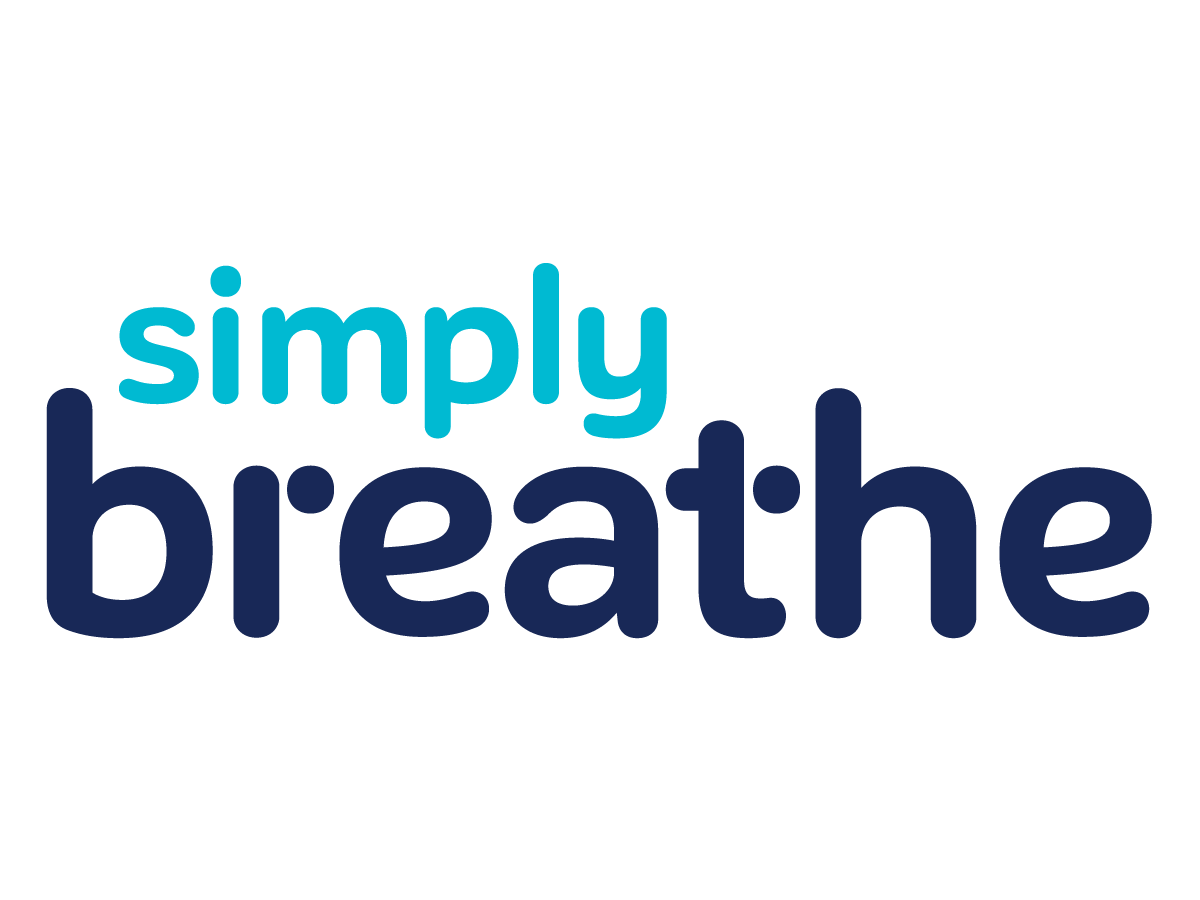Do wakeful breathing and sleep breathing differ?
Yes, there are significant differences between breathing during wakefulness and sleep.
- During wakefulness, you have conscious control of your breathing rate and volume. Breathing volume and patterns are also altered by environmental factors such as anxiety, exercise, talking or resting. Behavioral influences include things like yawning, sighing, and laughing, also alter breathing patterns and volume of breathing which are constantly in play to maintain a regular breathing pattern.
- During sleep, your breathing rate and volume are controlled and adjusted by the breathing control center of the brain. Sleep breathing is significantly affected by nose vs mouth breathing. Nose breathing reduces the airflow disturbances caused by mouth breathing and prevents the collapse of the airway. The primary breathing muscles are the upper airway muscles, the diaphragm (inspiration) and the abdominal muscles (during expiration). Of the various breathing muscles, the upper airway muscles appear to be the most dramatically affected by changes occurring with sleep. These muscles have reduced function during sleep.
- During NREM sleep, the breathing pattern is more regular than wakeful breathing. During REM sleep (about 4 to 5 occurrences during sleep), the breathing pattern is characterized by an increased rate and reduced regularity. Also, there are more sleep arousals triggered by the brain to correct major interruptions in the airflow through the upper airway.
- Studies consistently demonstrate during REM sleep there are more sleep-related reductions in muscle activity of the upper airway than of the diaphragm or accessory muscles of respirations. This reduced muscle activity occurs during REM sleep. Skeletal muscles associated with breathing are significantly impaired and ventilation is accomplished by the diaphragm alone.
- Positional changes during sleep affect the mechanics of breathing significantly. Anatomic structures of the upper airways may be more predisposed to collapse, particularly with the concurrent reductions in upper-airway muscle tone. This is significantly increased in the supine position (back sleeping).
Bottom line- it is helpful to nose breathe during sleep while sleeping on your side. Additionally, it is helpful to practice calm, regular breathing with diaphragm function during wakefulness to mimic that of NREM sleep, the predominate breathing cycle.
reference: v. Malik, et al. “Respiratory Physiology During Sleep.” Sleep Med Clin 7 (2012) 497-505



Leave a comment (all fields required)